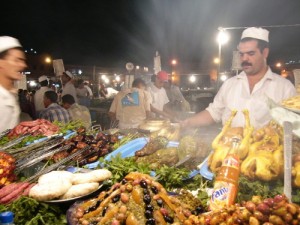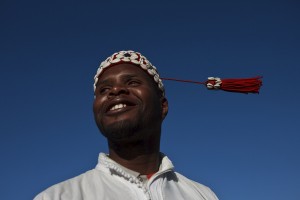10 Street Foods to Eat When Traveling to Morocco, Your Morocco Tour Guide
Moroccan Street Food is a great way to discover Morocco’s local culture. While the best Moroccan food is said to be found in a Moroccan home, very reasonably priced street food is available in small stalls and roadside cafés all over Morocco. Eating Moroccan Street Food in the old medina…





